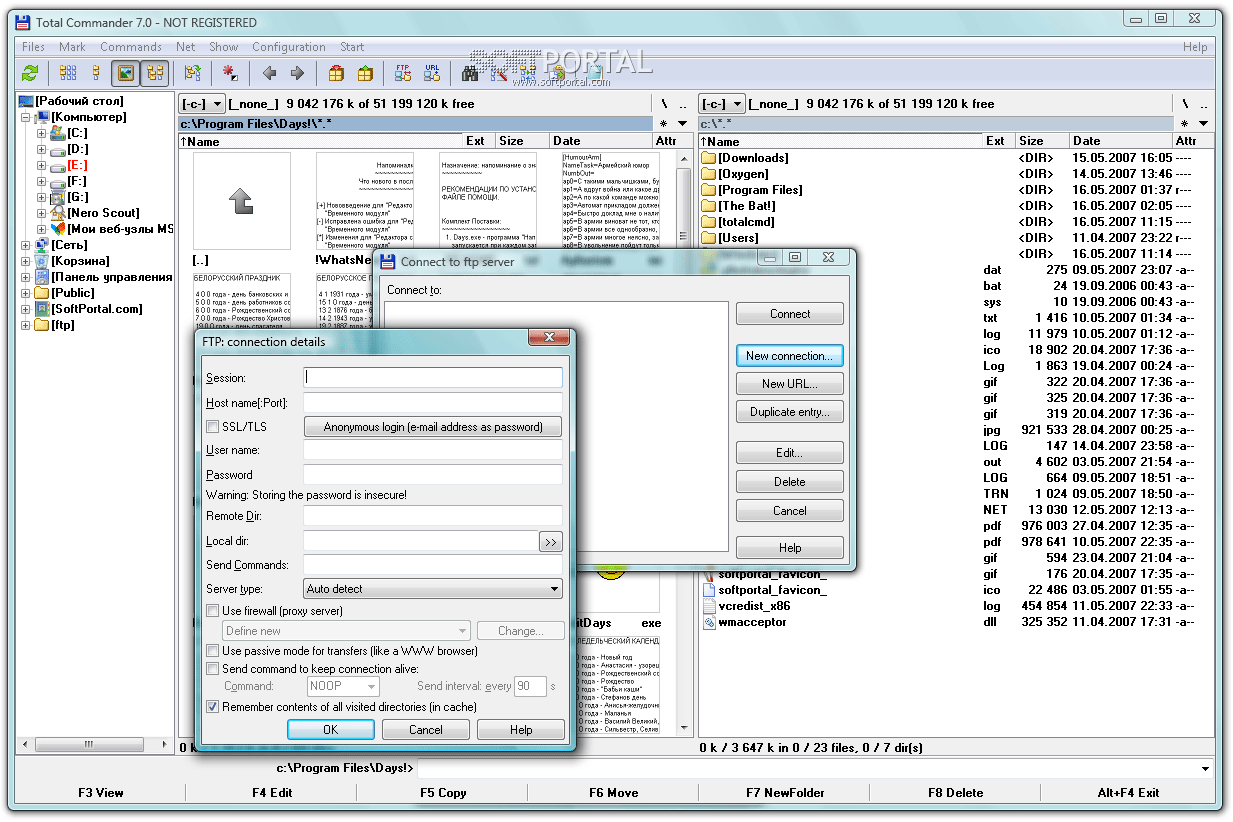
Media player which can stream directly from LAN, WebDAV and cloud plugins Save files received from other apps via share function Two panels side by side, or virtual two panel mode Root support for the main functions (optional) Plugins for cloud services: Google Drive, Microsoft Live OneDrive, Dropbox Show List of installed Applications, manually backup apps (built-in plugin) Drag & Drop (long press on file icon, move icon) This is treated as an ad by the Play Store because it links to our other apps (plugins). However, it contains a link "Add plugins (download)" in the home folder. I suppose her thought process was: simple? That sounds good for me! And then not connecting this action to that her OS now looks completely different and just trying to keep using it as if everything is normal.)īut security doesn't come in absolutes and this should absolutely not be enforced as a general policy for everyone.Android version of the desktop file manager Total Commander (Important note: This app does NOT contain any ads.

The only logical way to change this setting is long press on an empty area, look around, and press the button with the "simple" keyword. (Every time I'd visit, she'd have managed to turn the carefully laid out homescreen to "simple mode" and she couldn't find half her apps because they were now either on the second screen or off the homescreen altogether. I've hidden the store on my grandma's device before because she was quite likely to just tap anything, shiny or no.

In order to protect users, Files by Google could use the setPackageSource() API to tell the system Package Installer when apps come from user-acquired APKs, thus subjecting those apps to Android 13’s restrictions."įrom a security standpoint, it would be better if no apps could be installed at all. For example, the Files by Google app uses the session-based API to install apps even though it isn’t an app store. This can be used by apps implementing the session-based package installation API to trigger the same behavior when sideloading arbitrary APK files. "Apps can use Android’s new setPackageSource() API to tell the system that the app came from a user-acquired APK via the parameters PACKAGE_SOURCE_LOCAL_FILE or PACKAGE_SOURCE_DOWNLOADED_FILE. Apps that are sideloaded via browsers, mail clients, and messaging apps usually use this method, hence they’ll be subjected to Android 13’s restrictions." "Many apps that let you download and open arbitrary files use this installation method, as it’s easier to simply hand off installation to the system Package Installer, which responds to intents to view and install user-acquired APK files.


 0 kommentar(er)
0 kommentar(er)
